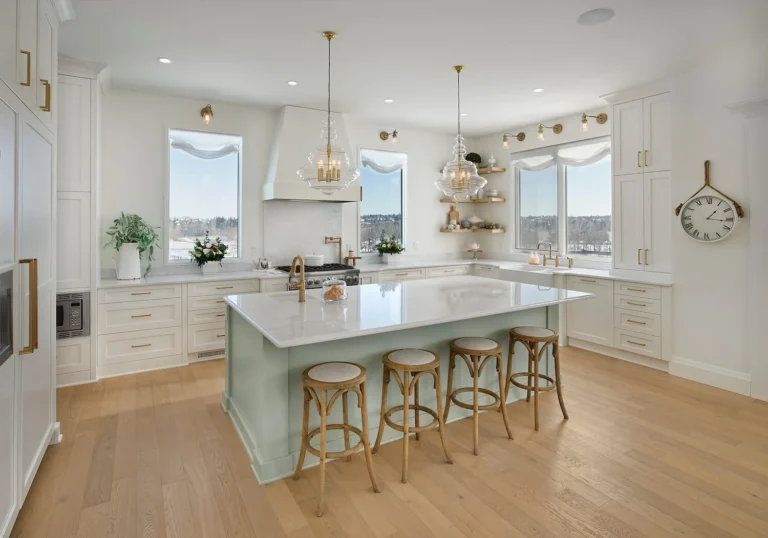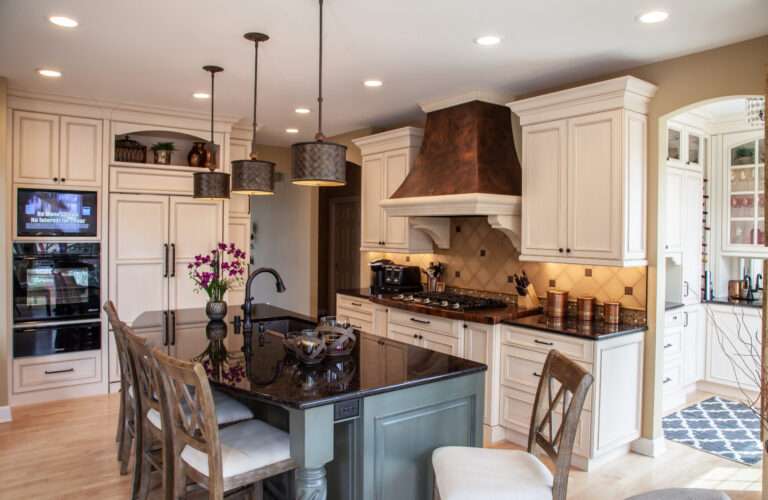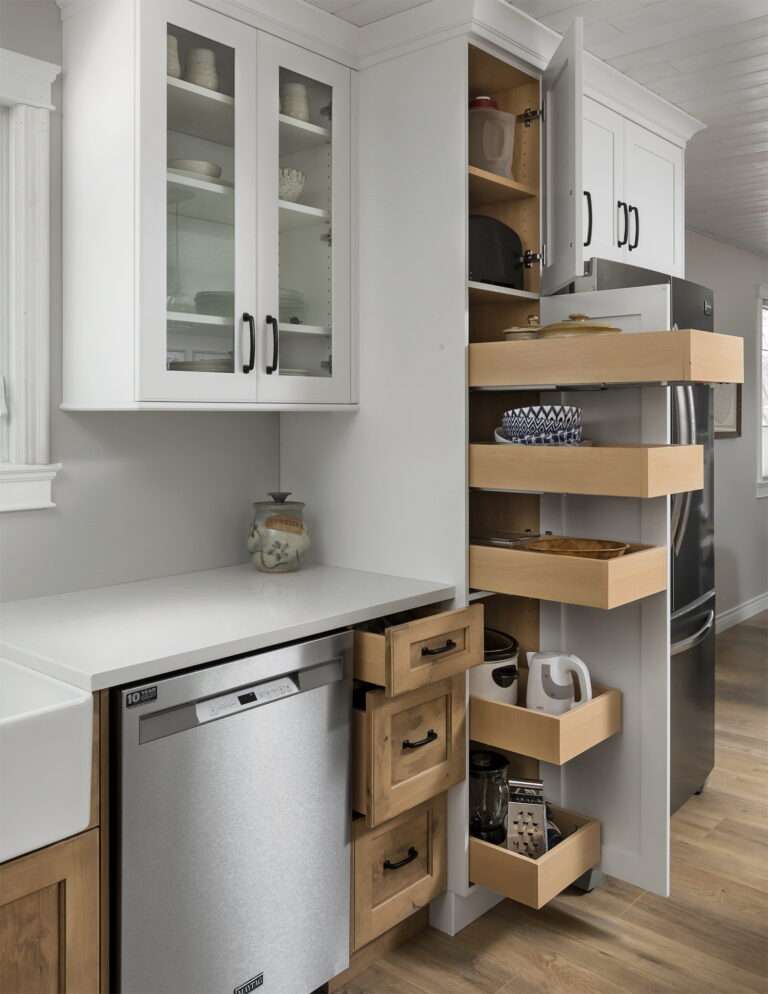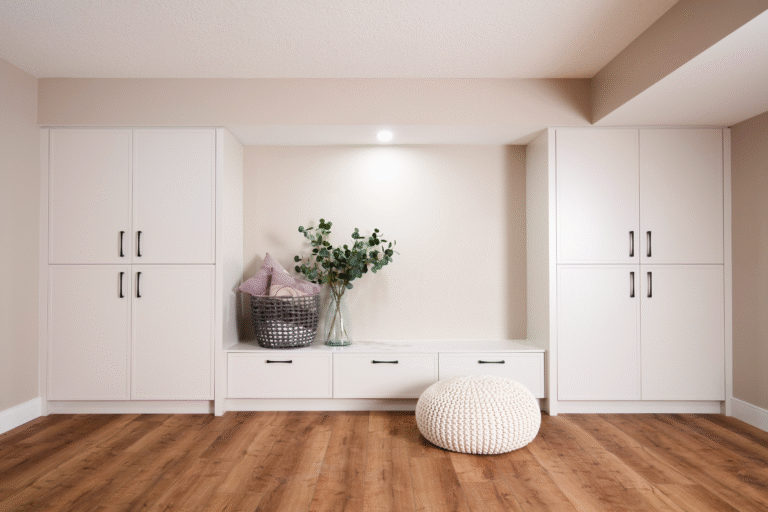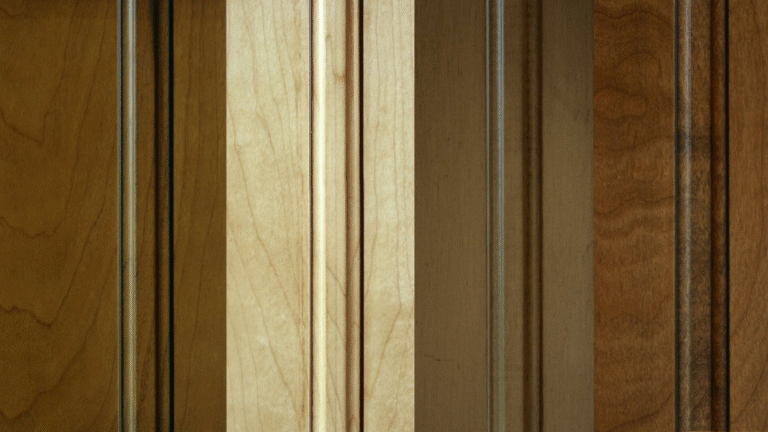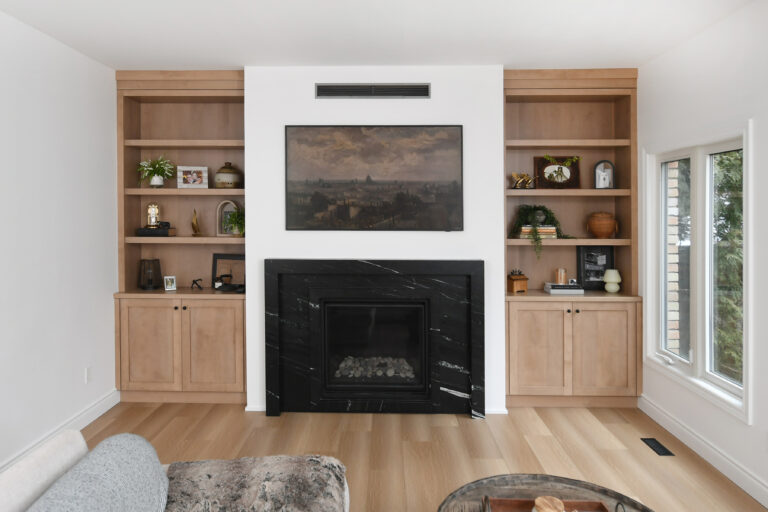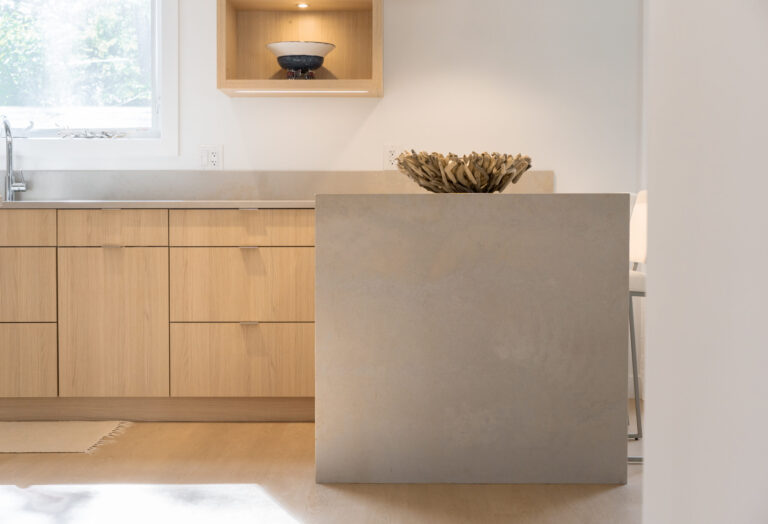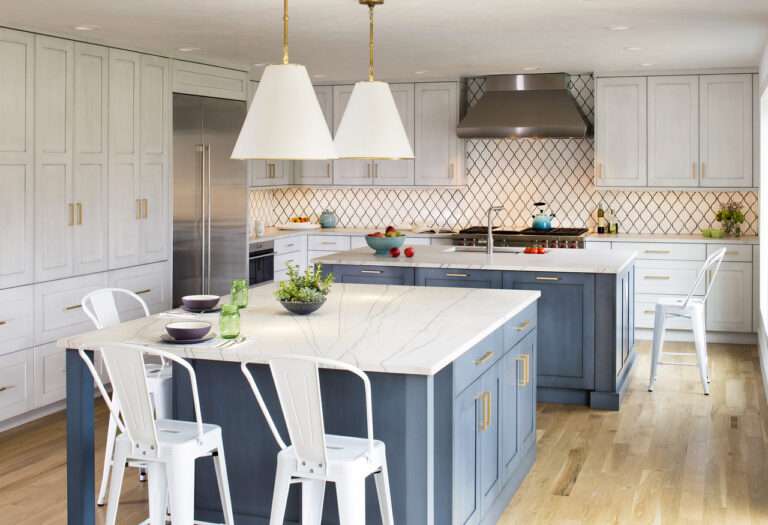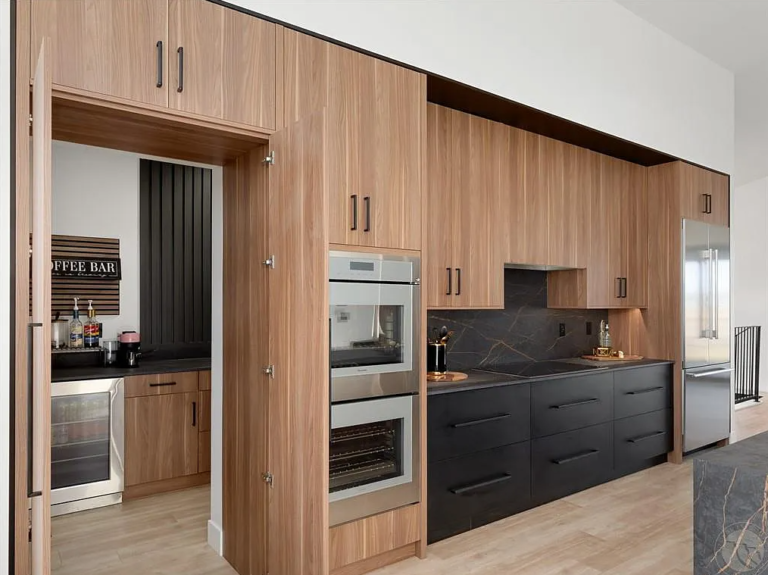Whether you live in a big city like Toronto, or a small town in the Midwest USA, keeping your home safe requires a proactive approach. Families, individuals, and property owners alike all benefit from understanding basic safety practices that help prevent accidents, deter crime, and create peace of mind. From smart locks to safe storage, here are seven simple home safety tips worth knowing.

1. Secure Entry Points and Install Smart Locks
Your front door is your first line of defence. Upgrading to smart locks can make your home more secure and more convenient. These locks use technology like PIN codes, fingerprint scans, or Bluetooth instead of traditional keys. Many can even be connected to your phone.
Whether you’re welcoming guests, managing rental access, or simply want peace of mind, smart locks give you greater control over who enters your home and when.
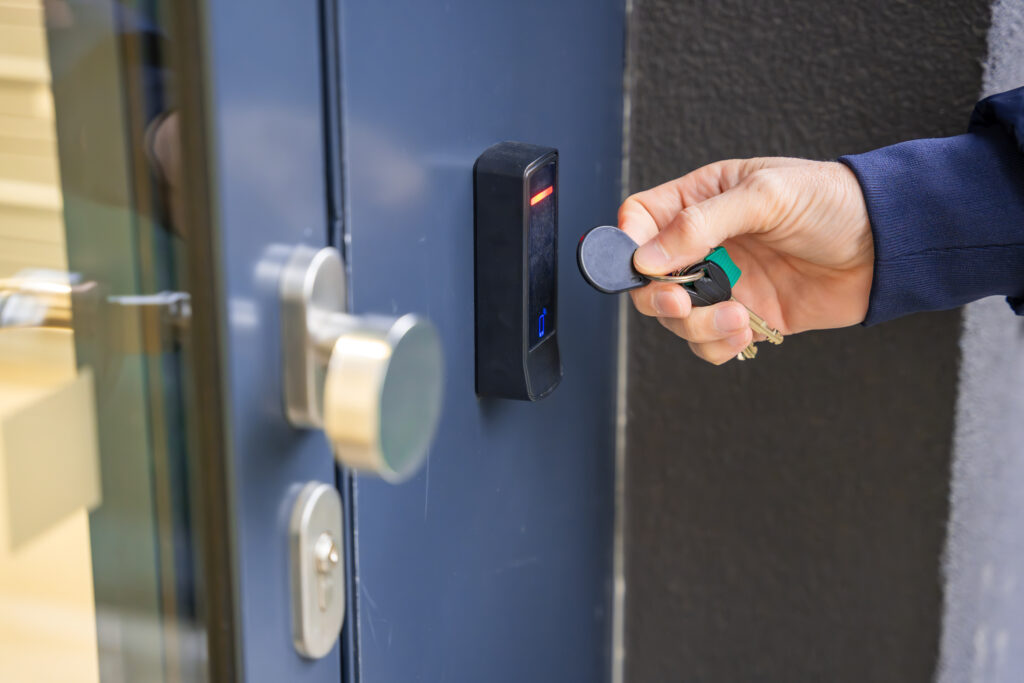
Home Safety Tip: Know Your Building Code and Legislative Requirements
In some cities, like New York for example, self-locking, self-closing doors are required by law in apartment buildings (unless a doorman is on duty). Landlords must also ensure all entrance areas are well-lit and that broken locks or windows are repaired promptly.
To ensure the safety of your family, look up your local building requirements to ensure compliance.

2. Keep Sidewalks and Pathways Safe
Trip hazards like cracked sidewalks or icy steps can lead to serious injury. Especially for those who are aging(living) in place. In most cities and towns, homeowners and property managers are responsible for maintaining the sidewalks and walkways next to their homes.
Make regular checks of these areas part of your seasonal home care routine and especially after bad weather. For cold climates that experience ice and snow regularly, keep sand or ice melter on hand to break down the ice and provide traction.
If you live with young children, older adults, or anyone with mobility challenges, clear, well-maintained walkways are essential. You may need to hire out sidewalk repairs if you notice significant shifts or cracks.

3. Install Window Guards
Windows are one of the most overlooked safety risks in a home, especially in multi-story buildings. Window guards or locks can prevent falls and give you extra confidence in the safety of upper-floor spaces.

4. Fire and Carbon Monoxide Detector Checks
Working smoke and CO detectors are essential. Place them in every sleeping area, hallway, and main living space. Test them monthly and replace batteries regularly for security and peace of mind for your household.
Smoke detectors give your family early warning for evacuation and are often a legal and insurance requirement. Carbon monoxide (CO) detectors are crucial because CO is a colourless, odourless, and tasteless gas that can be deadly if inhaled, even in low concentrations. You can often purchase a two-in-one detector that provides both functions.
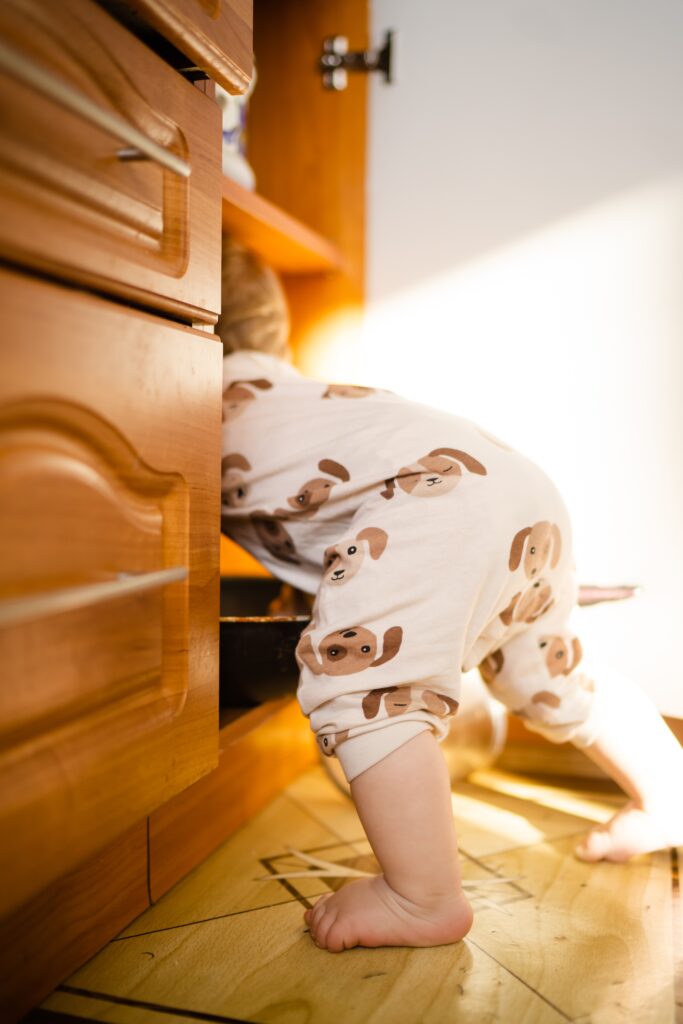
5. Store Medicine and Cleaning Products Safely
Common household products like prescription medications, bleach, or dishwasher pods can pose serious health risks if left within reach of children or pets. Store them in high cabinets or drawers, even if you don’t have young kids at home. Accidents often occur at a friend’s or relative’s home.
Child safety locks can be installed on kitchen or bathroom cabinets to prevent accidents. It only takes a second for an accident to happen, and this small habit can prevent serious emergencies.

6. Install a Home Security Alarm System
Security alarms don’t just help prevent break-ins, they offer peace of mind, especially when you’re away. Many modern systems are affordable and easy to set up, and most come with mobile control apps and optional monitoring services.
Look for systems that allow you to monitor doors, windows, and motion. Some can even integrate with lighting and camera systems for a more comprehensive approach to home safety.
Remember to lock your doors, especially the door to your garage, porch, or balcony.
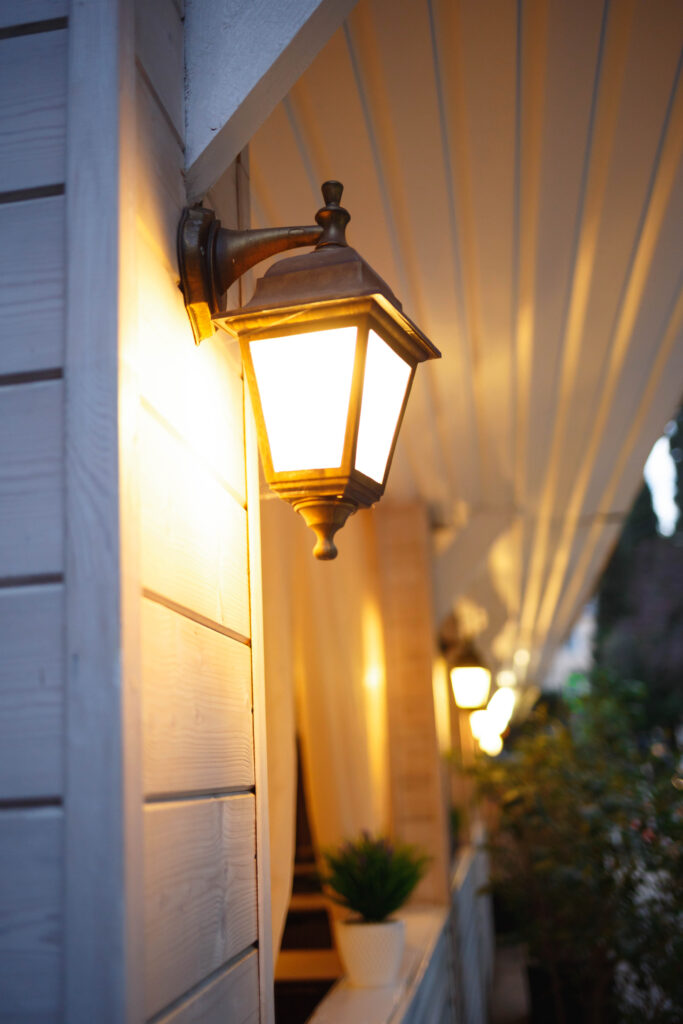
7. Use Outdoor Lighting to Deter Crime
Outdoor lighting, especially motion-sensor lights, can reduce your risk of burglary and help make your property feel more secure at night.
Bright, well-placed lighting around entryways, driveways, side yards, and dark corners eliminates hiding spots and increases visibility. Studies show that well-lit properties are far less likely to be targeted by intruders.
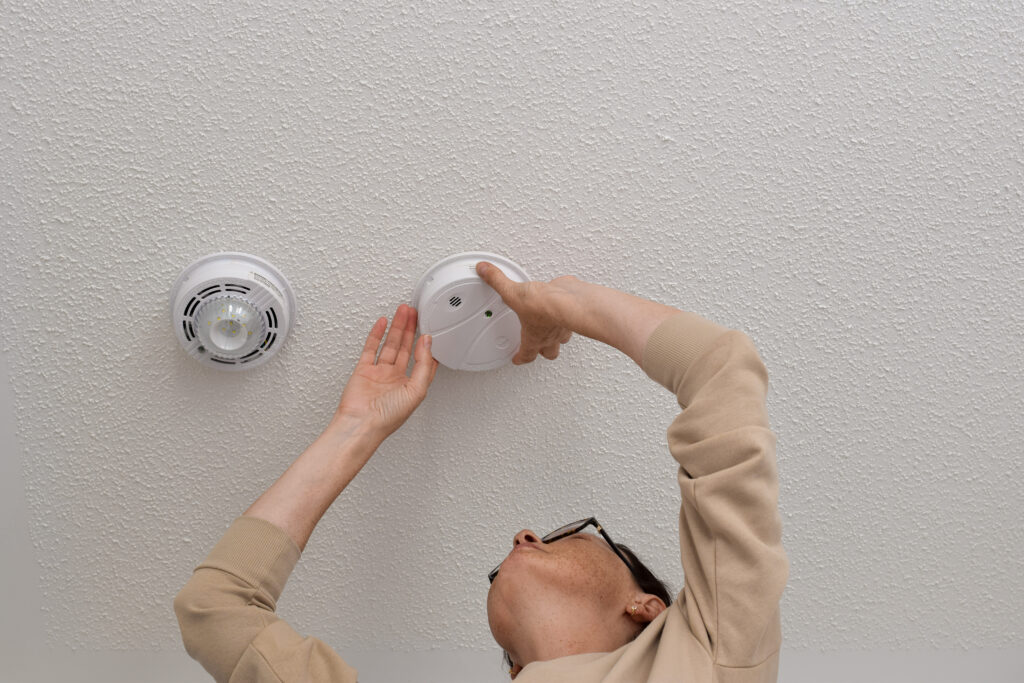
Home Safety isn’t complicated
By taking small, intentional steps you can help protect the people and spaces that matter most.
Remember: safety is ongoing. Stay informed, check your home systems regularly, and talk with the people in your household about safety plans. A few small changes now can help create a safer, more secure home for the long run.


